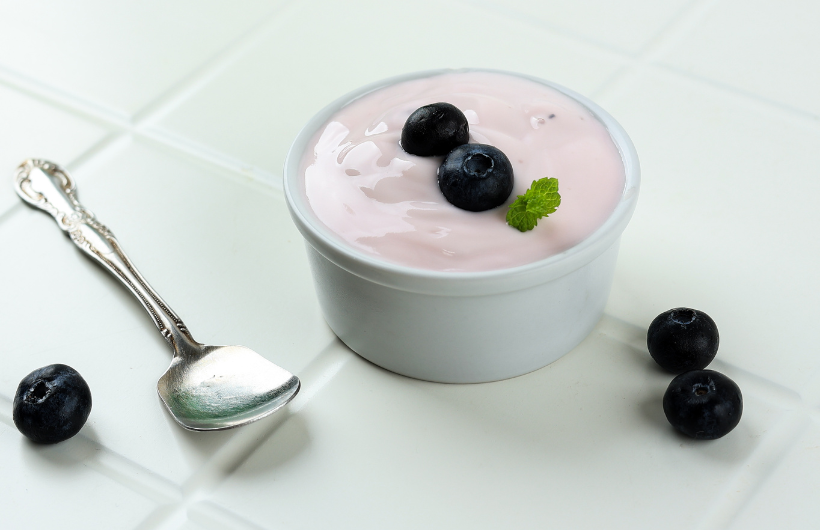10 October 2025
What’s the Secret Behind Perfect Yogurt Texture?

Have you ever wondered why some yogurts are irresistibly smooth and creamy, while others feel grainy or watery? The secret lies not just in the recipe, but in the science and equipment behind the process.
From milk selection to homogenization and fermentation, every step plays a vital role in shaping yogurt’s body, consistency, and mouthfeel. At Goma, we help dairy producers perfect this art with advanced Milk Processing Plant setups that ensure consistent results, batch after batch. With over four decades of experience in dairy technology, Goma delivers complete solutions for yogurt processing—from pilot R&D setups to full-scale commercial plants—built for hygiene, efficiency, and precision.
1. It All Starts with the Milk
The foundation of great yogurt is high-quality milk. Whole milk gives a rich, creamy texture, while skim milk produces a lighter one. Standardizing the fat and solids-not-fat (SNF) content helps maintain uniform texture and flavor across batches.
Some processors even add milk powder or whey protein concentrate to increase thickness naturally, without relying on stabilizers.
2. The Power of Pasteurization
Before fermentation, milk must be heated using a pasteurizer, typically to 85–90°C for several minutes. This step isn’t just about killing harmful bacteria, it also denatures whey proteins, allowing them to form a stable gel network during fermentation.
Proper pasteurization ensures that yogurt has a smooth, uniform structure instead of a weak or grainy one.
3. Homogenization: The Unsung Hero of Texture
Homogenization is one of the most crucial yet often overlooked steps in yogurt production. Using a Homogenizer, fat globules are broken down into smaller, evenly distributed particles. This prevents cream separation and gives yogurt its rich, silky consistency.
Uniform fat dispersion also improves flavor perception, making each spoonful balanced and creamy.
4. The Role of Fermentation
After heat treatment, milk is cooled and inoculated with yogurt cultures (usually Lactobacillus delbrueckii subsp. bulgaricus and Streptococcus thermophilus). Fermentation temperature (around 42–45°C) and time determine the final acidity, texture, and flavor.
Even slight variations can impact the gel structure, so precise temperature control is essential.
5. Cooling & Post-Fermentation Handling
Once the desired pH and texture are reached, the product is cooled to stop fermentation. Gentle mixing prevents syneresis (whey separation) and helps achieve a uniform finish.
For fruit yogurts, pulps or flavors are added at this stage, carefully blended to maintain product stability.
6. Technology Makes the Difference
Modern Dairy Processing Equipment allows manufacturers to achieve repeatable, high-quality results with minimal manual intervention. Automation, hygienic design, and accurate process control ensure consistency across every batch.
At Goma, our integrated milk processing plants and pilot dairy systems are engineered for yogurt innovation. We offer modular setups that allow R&D teams to trial recipes, test process parameters, and seamlessly scale successful formulations to commercial production.
Perfect yogurt texture isn’t magic, it’s mastery of process control. When you combine quality ingredients, precise heat treatment, effective homogenization, and reliable equipment, the result is a product that stands out on the shelf and delights consumers with every spoonful.
Want to perfect your next dairy innovation?
Contact Goma to explore customized yogurt processing solutions for your brand.

